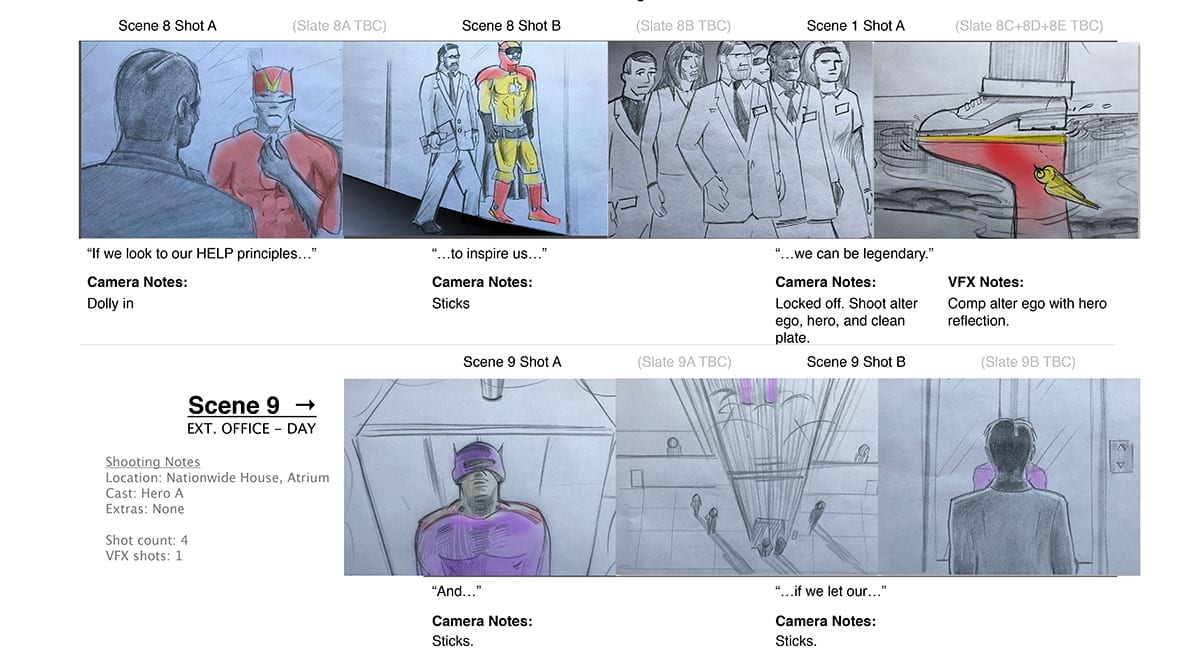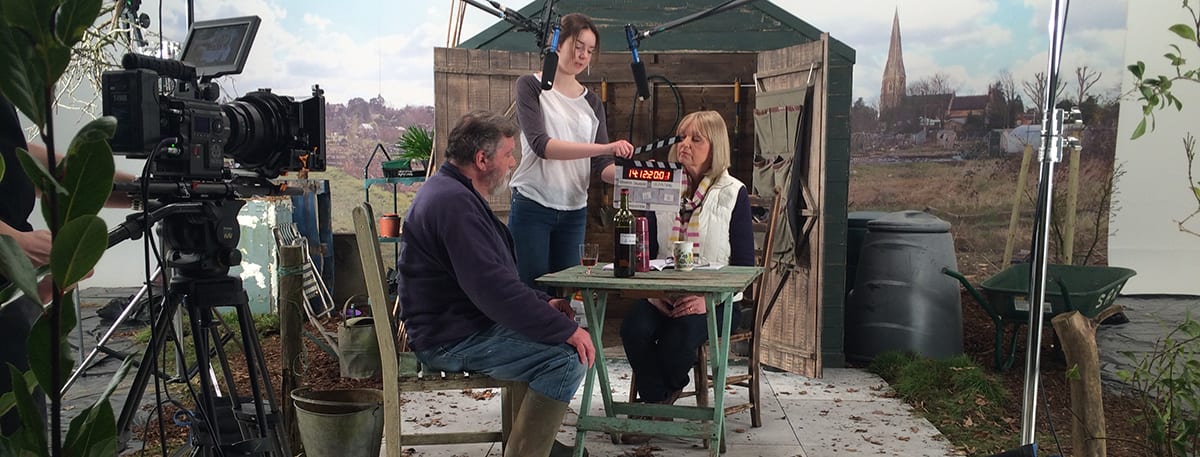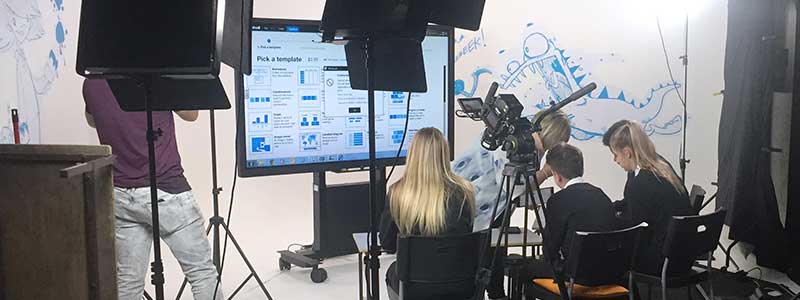Video Post Production – A Guide To Everything That Happens After The Shoot
Video production agencies quotes shouldn’t be baffling or require a handbook to understand. But more often than not the line in the budget marked “video post production” is rarely broken down into line by line items. So in the interests of clarity we’ll try and explain the process of what work is required to produce a corporate or promotional video once the filming part of the process is complete.
File Management
Pretty much every professional promotional video is shot to file based digital media. This is not a great revelation and I’m sure you’ll have devices that shoot film or photos to digital formats at home. Depending on the type of camera you have used to shoot your footage the sizes of these files will vary. The higher the quality of the final picture, the larger the files will be.
So the first part of the video post production process is to transfer these digital files onto the editing system that is being used. This is as simple as dragging and dropping but if you’ve been shooting over a long period of time then your files sizes could be huge and will take time to copy or transfer to the editors system. So this part of the post production stage can take a few minutes, a few hours or even a few days. While this transfer is in process the computer that is doing the reading and writing cannot really do much else effectively so you should expect to be charged for this time.
Once the files are onboard the next stage (depending on your editors workflow) may be to transcode the footage ready for use. Unfortunately all cameras don’t record to the same format. The files they create come in many a different flavours, some of which are quite user friendly, while others require conversion to effectively change the language of their files structure.
These files are video clips direct from the camera, some editors may need to transcode these for use.
Once this is done the editor is ready to start work.
First Cut
With promotional and corporate videos there is a high chance that some of the material you are working with will be interview or talking head material. This interview material can sometimes form the entire narrative drive of the film or sometimes it will be intercut sporadically with pre-scripted Voiceover.
As much of the flow of the video will come from either the voiceover or the interview comments it’s usual for these to be the first elements that the editor works on. An editor may go through all the interview clips and select a shortlist of the strongest clips to form the basic bones of the film.
A guide track of the musical soundtrack may also be added to the film at this point just to get a feel for tempo and duration (although this may be changed later). Once the initial selection of the strongest clips is complete the editor will start to create the first cut.
If a voiceover is being added and the script has been approved this may be recorded at this stage and added to the first cut.
Any graphical or animated content will be created, produced added in at this stage to further enhance the presentation of the whole film.
The edit carefully checks sound levels for voice and music.
Once the first cut is complete the production company/editor will send it to the client (you) for feedback and comments. Prior to starting the project, the production company should have agreed with you a workflow plan for this part of the video post production that efficiently progresses the project towards completion in the most suitable timescale timescale. If multiple people will be feeding notes back on the film then is advisable to select someone to collate all the changes/amends/comments into one batch so that the editor can efficiently apply all the tweaks in one re-edit (this will certainly save you money).
Sound, Colour & Compression
When the final edit is approved the production company will then start mastering the film. Firstly the sound may need properly balancing and mixing so that everyone featured in the film feels like they are talking at the same volume and that all the vocals (either script or from interview) are properly mixed into the musical backing to ensure that both elements can be heard at suitable volume levels.
Next some colour correction will usually be done to ensure that all the shots used in the film have the same feel in respect of colour, contrast and tone.
Finally once these steps are complete the film will be compressed for delivery. Most good production companies should supply you with a range of formats and sizes of your final film. Alongside your HD master it’s useful to have several smaller versions that come ready optimised for web use so you can upload them straight to Vimeo, Facebook or Youtube etc if desired.
And that’s about it really for video post production. Yes, there are a few more complexities than highlighted here. Depending on your project one of the steps above could take a lot longer than the others depending on its importance to the project, but hopefully this gives you an overview of where you production budget goes in regard to the line in the budget marked “post production”.
To find out more about us and our services, please click here.



















Recent Comments